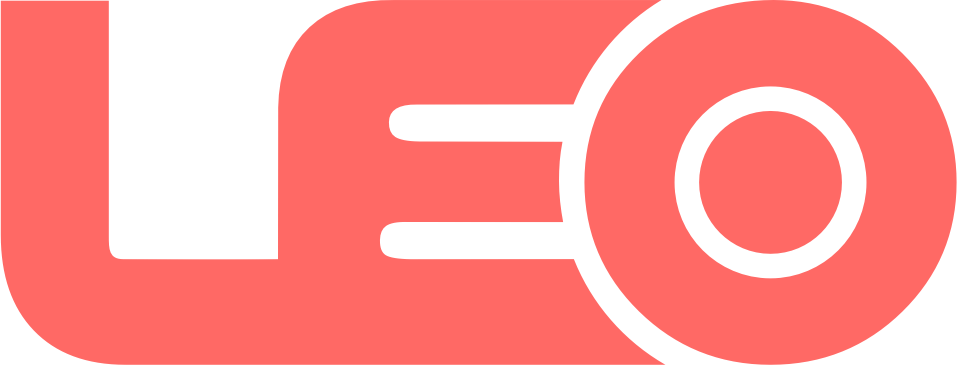A novel way to fabricate printed circuit boards without the need of expensive equipment or toxic chemicals.
About
Traditional printed circuit boards (PCBs) are fabricated using etching or milling techniques. These methods are dangerous and use harmful chemicals. Additionally, it’s a time consuming and expensive process. Using an inexpensive 3D printer and liquid metal, the inventors created a safe and fast alternative PCB fabrication method. The ZOG Method is a novel way to fabricate PCBs without the need of expensive equipment or toxic chemicals. The circuit board is printed using a 3D printer and liquid metal is used for the circuit traces. Circuits are packaged with plastic and sealed by default (). A single layer circuit can be seen in . Multilayer PCBs can also be fabricated with this method without the need of a multi-ton press. Therefore, the ZOG method allows for the possibility of embedding electronic components within layers, enabling PCB designs to be three dimensional.
Key Benefits
Lost‑cost Fast iterations Non‑toxic Environmentally friendly Easy to recycle No Soldering necessary Safe manufacturing process Fully packaged Easier fabrication process Waterproof potential
Applications
Safe and cost-effective alternative method to make PCBs. Various filaments can be used to make PCBs with different properties. Flexible filaments can make flexible electronics and clear filaments can produce transparent electronics. MEMS (Micoelectronicmechanical Systems) devices can be fabricated with 3D printer that have

